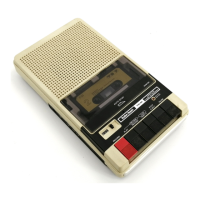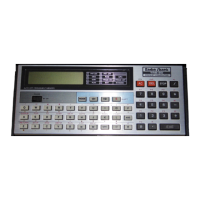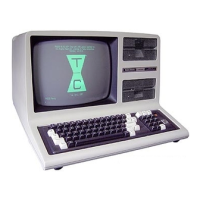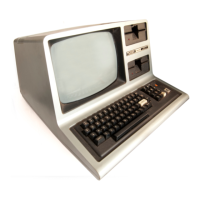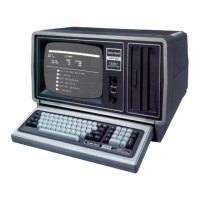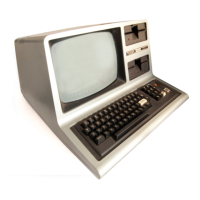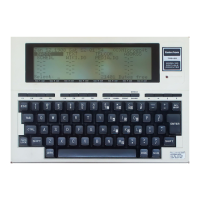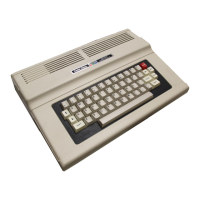OPERATION
Details of Operation
The Quick Printer II stores
characters
for printing
until
one of two
things happens:
1
.
Its 32-character holding buffer is
filled
2. It
receives a carriage-return code
(hexadecimal
OD)
When
(
1
)
or
(2)
occurs, the Printer prints
out the contents
of its
32-character
buffer. If
the
buffer
is empty
when the carriage
return is
received, the Printer simply
advances the
paper one line,
leaving a blank
line
in the printout.
Control Codes
According to the American Standard
Code for Information
Interchange (ASCII),
there are 32 control codes
in
addition
to the
codes for the
printable
characters. (Control
codes
are
sent as data,
but the receiving device interprets them as
abbreviated
"instructions",
communications-status
messages,
etc.)
The Quick Printer II
will
recognize two of these
control codes:
Function
Code
Hex
Decimal
Carriage Return
SHIFT IN
(16
char/line)
OD
13
OF
15
It will ignore all
other control codes.
Note:
To output a control code
from
LEVEL II BASIC,
use the
CHR$ function,
as follows:
m
mm
mum
118
mm
CHRKiS)
Whenever
a
carriage-return code is received,
the Printer will
print
out the current contents of its holding buffer, then
clear the
buffer to get ready for the next line of data.
For
example, you can force several carriage returns
with a single
LPRINT statement as follows:
i
do
Lritiiil i
r. j
L-n'S'lc-i
will
produce:
1 ?3
13

